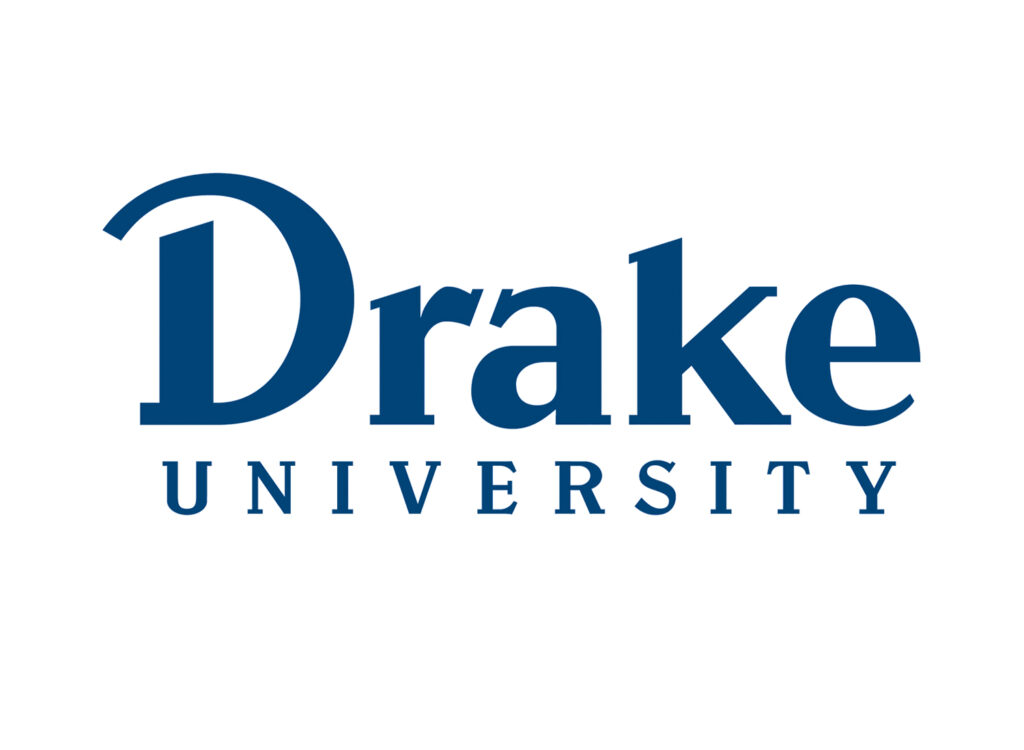Guest opinion: The future of women and work is at risk

By Tiffany O’Donnell | CEO, Women Lead Change
A hurricane. On the list of “things an Iowa gal doesn’t have to worry about,” this would be at the top — at least until 2020.
As my Midwest friends know, a derecho (a lovely sounding name for such a destructive beast) descended on our towns, homes, fields and businesses last month. Like COVID-19, it pushed the boundaries of what we thought could or would happen in our lifetimes.
Like COVID, this disaster had silver linings. Among them for me was an unexpected visit from a dear friend.
As I was making my way out of the basement to survey the damage once the storm passed, I saw a minivan pull into my driveway. I recognized the eyes first. This time, though, a mix of shock and relief replaced their usual warmth. I see “Susan” (we’ll call her that for her privacy), her clever 3-year-old daughter and 4-month-old baby boy.
Susan is a health care worker. She does amazing things for people in gut-wrenching life situations. She had just picked up the kids at day care after the storm and couldn’t find a clear street to get home. Our house was the closest she could get to safely.
Susan has an advanced degree in the health care field. She is a servant leader. She is also an incredible mother. She schedules her work hours during the week and weekends when her husband is home to take care of the kids. It’s how she can serve both her family and her patients, both of whom she cares for deeply.
Susan has managed to maneuver motherhood and her work in an impressive way — until now.
Sadly, what I’ve learned from Susan only validates the data about women and work during and after COVID-19. She worries she’ll have to choose between a career she loves and a family she adores as the demands for her time increase on both fronts.
According to the World Health Forum, 70% of women are responsible for at least one other family member’s care during the pandemic. That means women are facing new inequities that could have long-term effects.
Essential workers
One in three jobs held by women are considered essential. Like Susan, they simply can’t work from home.
Nine out of 10 nurses and nursing assistants, as well as a majority of pharmacists, aides and technicians, are women. The grocery store cashier and the fast-food clerk? Two-thirds are women, according to a report by the New York Times.
As more schools move to online and day cares close or reduce hours due to the pandemic, women are facing tough choices: have a job or take care of and educate their children.
According to the National Women’s Law Center, women are twice as likely as men to work part time. These positions rarely offer benefits or paid time off. When the virus shuts down a business, it’s particularly devastating to mothers.
Remote working
We have yet to see the long-term effects of sustained virtual work environments. While this allows flexibility, over time there could be some serious drawbacks.
Upward mobility suffers. Mothers, taking on the majority of school and child care, can find it difficult to take on “stretch assignments” and high-profile projects. Visibility and networking also suffer. These are both key components to promotion.
We need to start the conversation on how to make work work for all of us in a post-COVID world.
A few ideas to start:
- Leaders: Be flexible and communicate with your female contributors. Meet them where they are.
- Women: Be clear about your long-term professional goals and share them with decision-makers. They need to know where you want to be on the other side of this.
- Partners: Be partners. In everything.
As pandemics and natural disasters encourage innovation, let’s make sure workplace equity is at the forefront. The Susans among us deserve it.
Tiffany O’Donnellis the CEO of Women Lead Change. She has studied under gender intelligence expert Barbara Annis and now speaks on this topic as well as male allyship across industry sectors. Contact her via email.







